شخصية اليوم أحدث الأخبار
By H2, the Middle East will return to "relative normalcy"

Visual Archive

After reopening to visitors, Dubai at the forefront of global tourism recovery

A new roadmap is developed to boost Dubai's position as a leader in the digital economy

Worldwide sale of Expo 2020 tickets, will start on July 18

New opportunities to enliven Sharjah's tourist and hospitality sectors-1

Sheikh Mohammed disbands the Dubai Chamber of Digital Economy's board and advisory council

In Dubai, a 12-year-old Indian expat wins an international prize for humanitarian services

Sharjah Sustainable City has received the Real Estate Excellence Award

RAK introduces new programs to enhance tourism and investments

Illegal entries in Sharjah nature reserves, leads to arrest of 17 people

Al Wasl dome lits up to commemorate 100 days until Expo 2020 Dubai

A company from Abu Dhabi has signed a strategic contract to build solar projects in Iraq

Al Wasl dome and the Burj Khalifa light up to celebrate the 100-day countdown to Expo 2020

SCCI will enhance communication with all economic sectors in Sharjah

ADFD gives Dhs35 million to Comoros development projects

Sharjah is a popular tourist destination

Sharjah will be the ‘Guest of Honour’ at Bologna Children's Book Fair

Abu Dhabi deploys scanners to detect possible Covid-19 cases

FlyArystan, a Kazakh low-cost airline, launches its first trip to Sharjah

For second year in a row, Abu Dhabi has been ranked the most livable city in the region

Dubai Airshow is a top platform for the deployment of cutting-edge technologies



 ENG
ENG








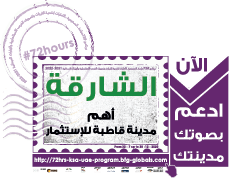
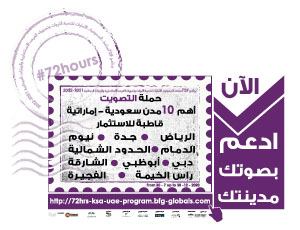

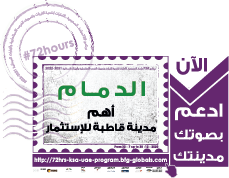
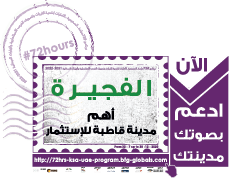
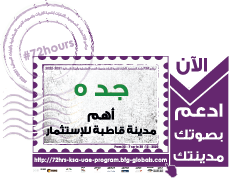
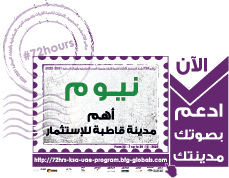

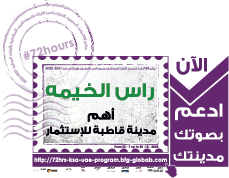
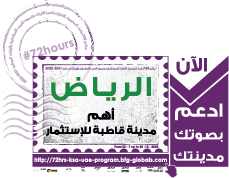










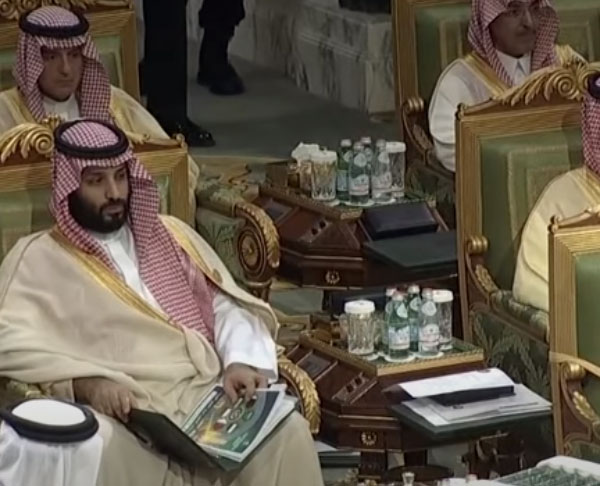
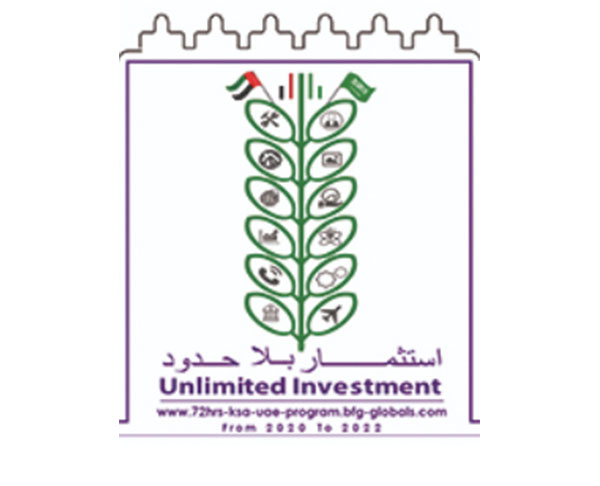


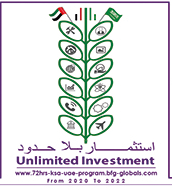
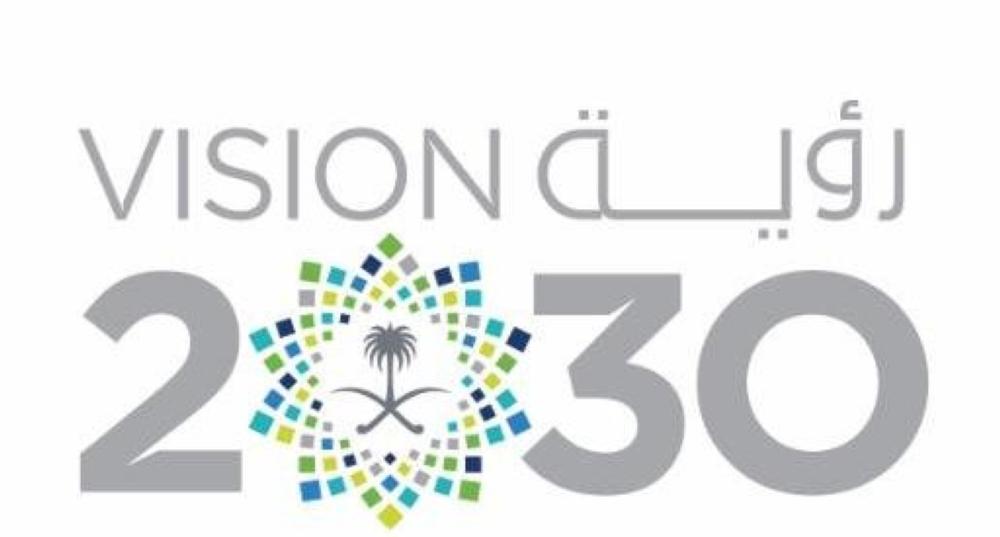
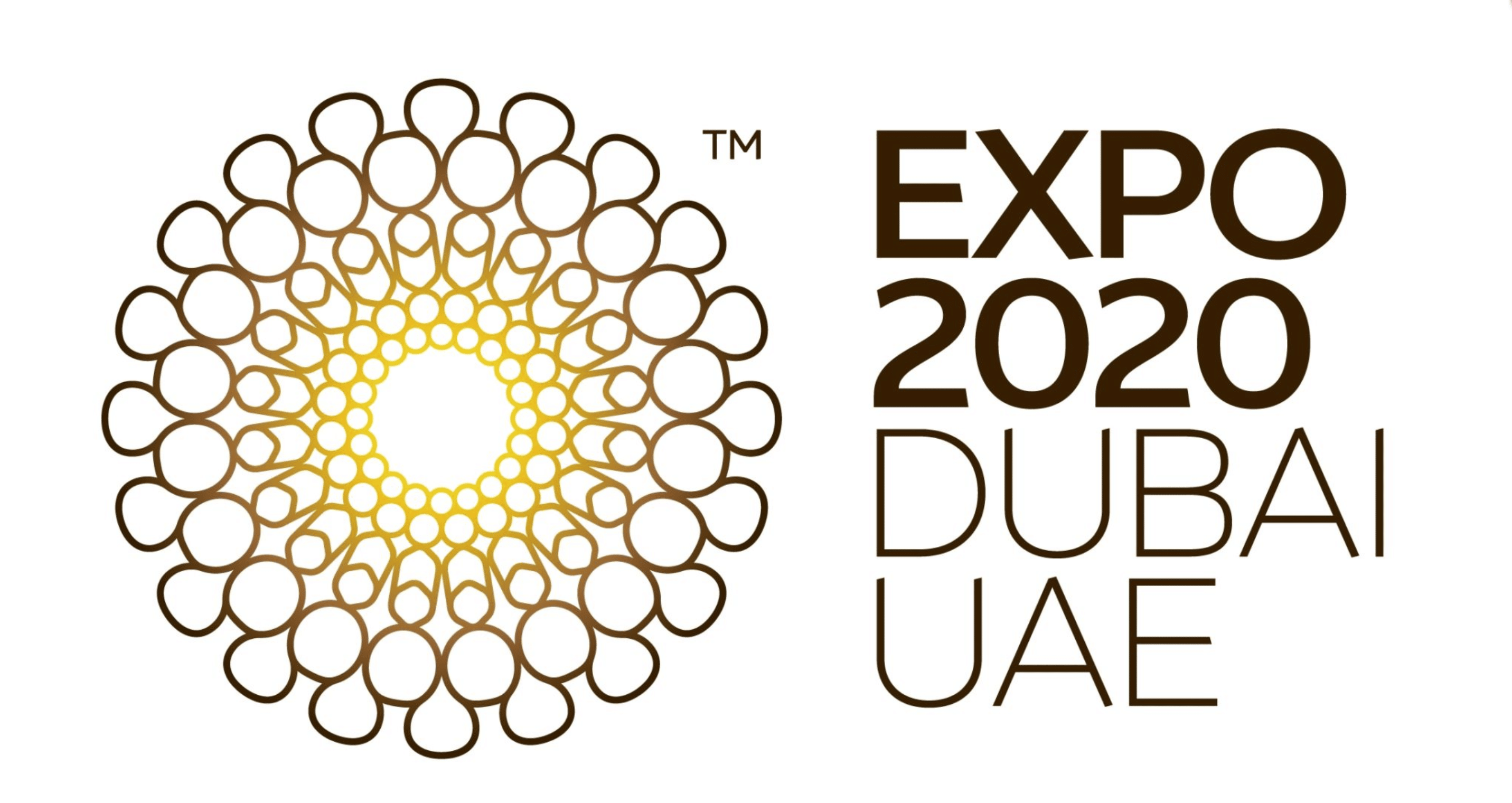
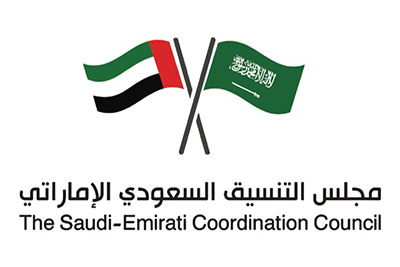
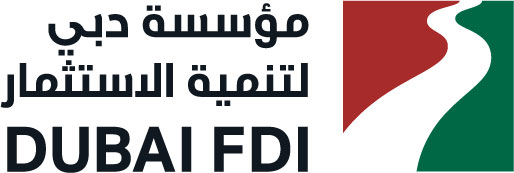

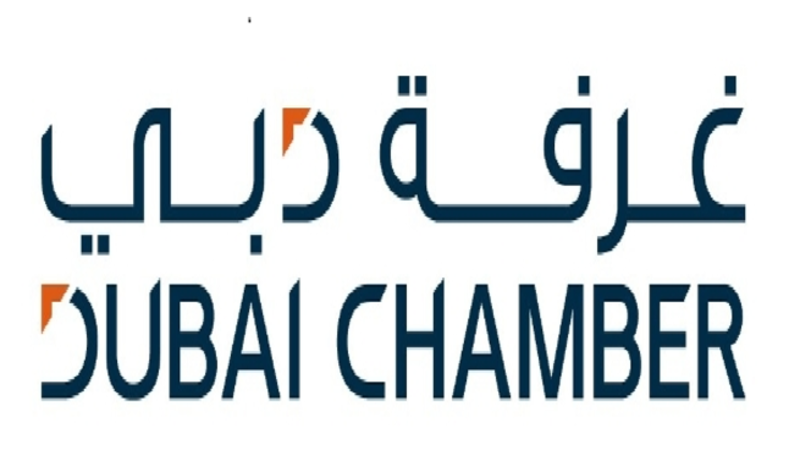
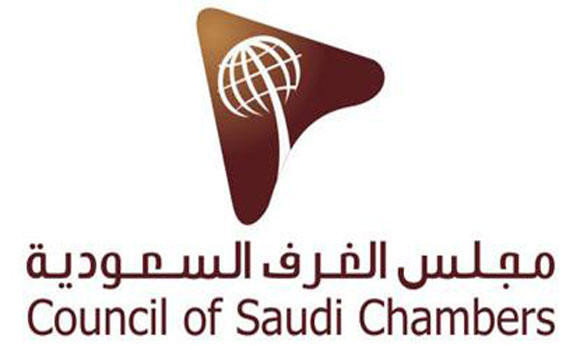


















تواصل معنا